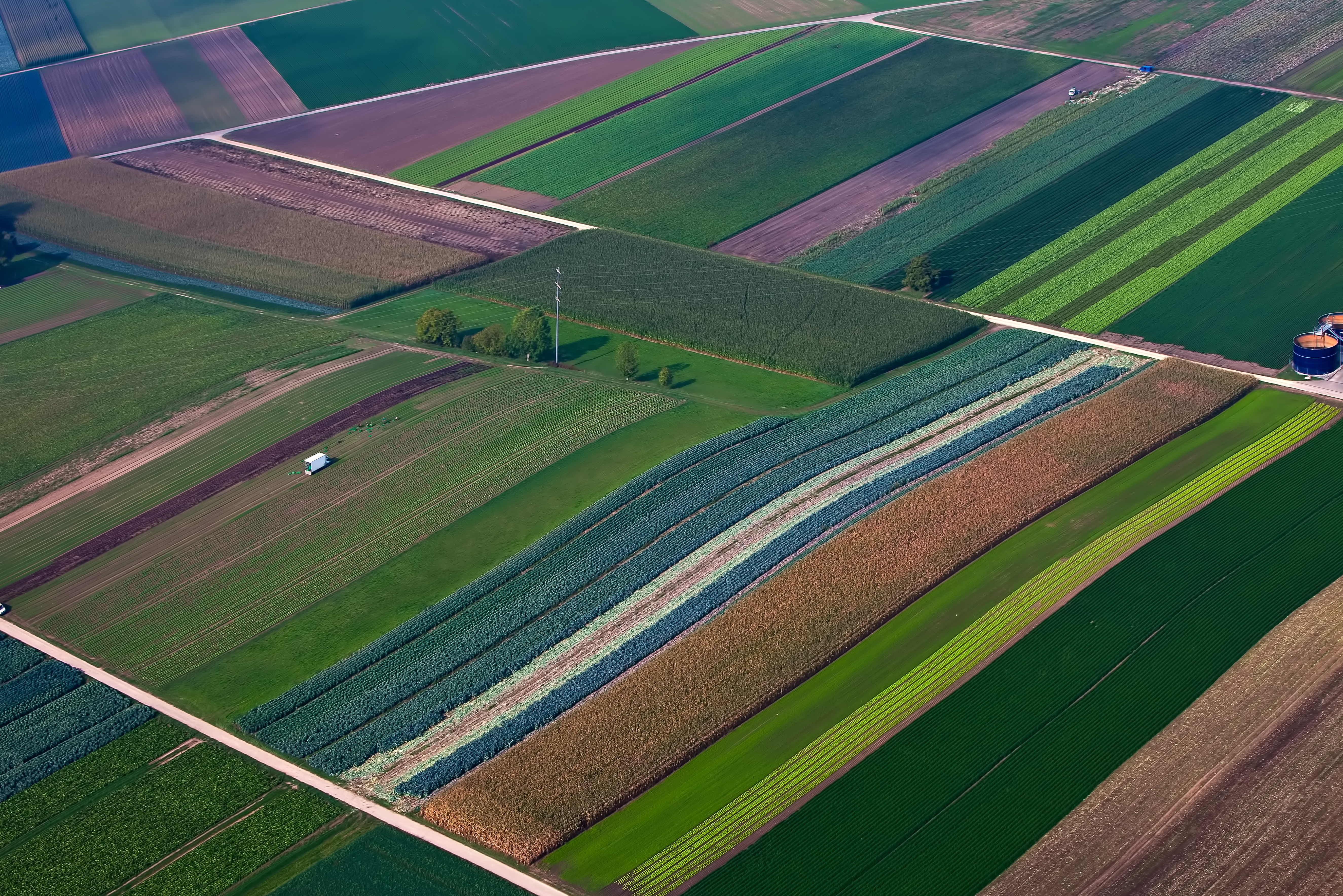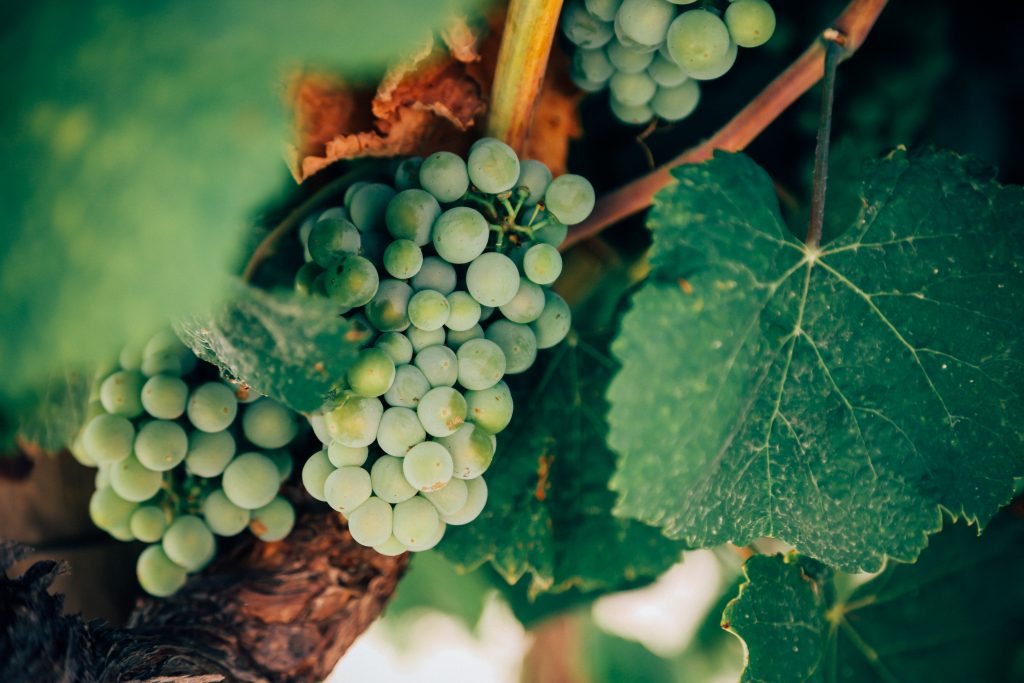
Abstract of the project
The agri-food industry of the Calabria region represents the most important economic sector as well as the distinctive element of its regional production. The main sectors involved in foreign trade are the wine sector (14,4% of the sector's exports), cereal derivatives (13,4%) and dairy products (7,7%).
In this sense, Calabrian agri-food is therefore a key area whose development implies an improvement in the economy and job opportunities. Among the main problems in the adoption of technology in this field, the different innovative development between agronomic aspects (poor) and aspects of oenology and marketing (high) should be noted. In this context, there is a need to develop innovative smart and low-cost methodologies that can be implemented by small and micro enterprises in such a way as to act as a vehicle for widespread dissemination in this field.

The repercussions will mainly concern the increase in the quality and production efficiency of Calabrian companies, and will support those activities in which there is greater difficulty both in physically reaching the sites and in the management of the company and in the definition of technological innovations easily. applicable. The objective, therefore, is to provide the farm manager with a decision tool / method and implementation protocols for the improvement of agri-food quality both in terms of quantity and product quality.
With a network of environmental sensors it is possible to know the soil moisture level, to interact intelligently with the irrigation system, but also to analyze plant phenotypes, to evaluate how environmental changes affect plant development. Once collected and georeferenced, the data must be organized and interpreted according to the needs and priorities of the farm through platforms to support the farmer's decisions, capable of taking the information generated by the devices described above, relating them to each other through graphs and time series, project them on forecast models, acquire solutions from product databases and other specialized archives, finally make them available to the farmer in a dashboard accessible via web or application for computer, tablet or smartphone. Similarly, analysis and monitoring can be aimed at animals on farms in the wild or semi-wild. Sensors to continuously monitor the animals are able to provide data to be transformed into key indicators on the health, productivity and environmental impact of the herd and each head.
• Barone GR Macrì srl
• Colucci agricultural company in rl
• CNR-IIA
Rosa Maria Salvatori
Laura Tomassetti
Alessandro Mei
Marco Secret
Alessia Allegrini
Julian Fontinovo
